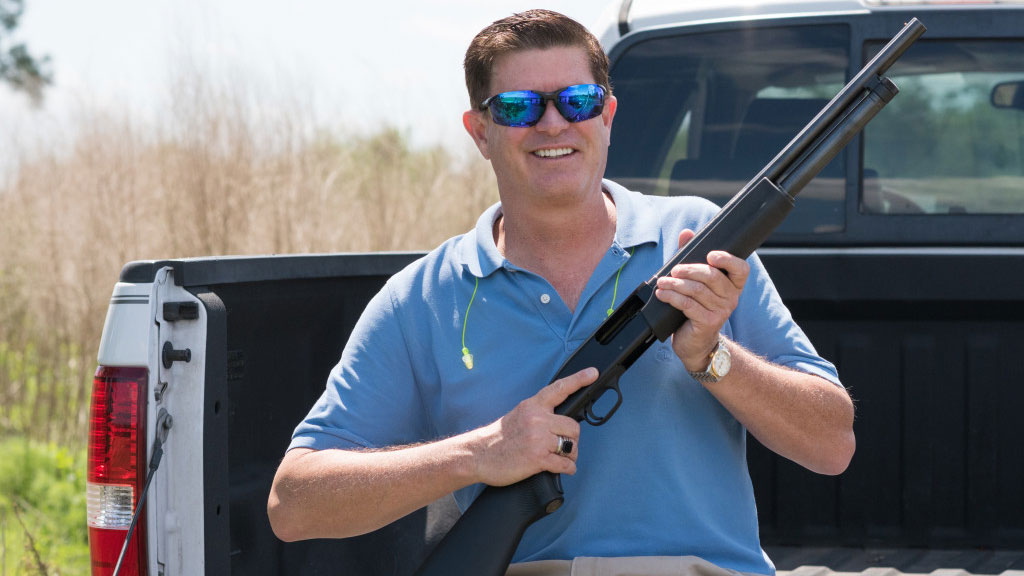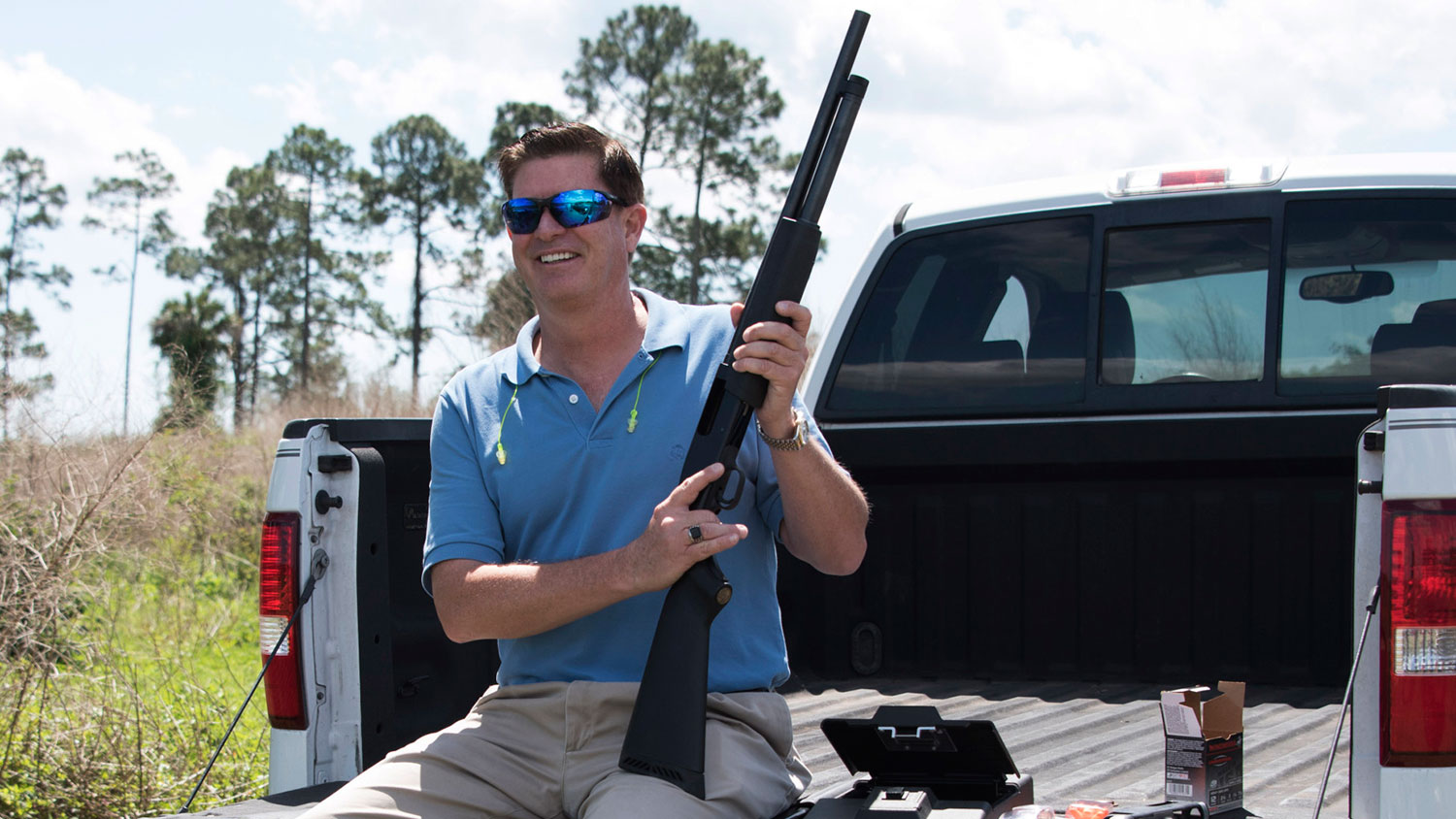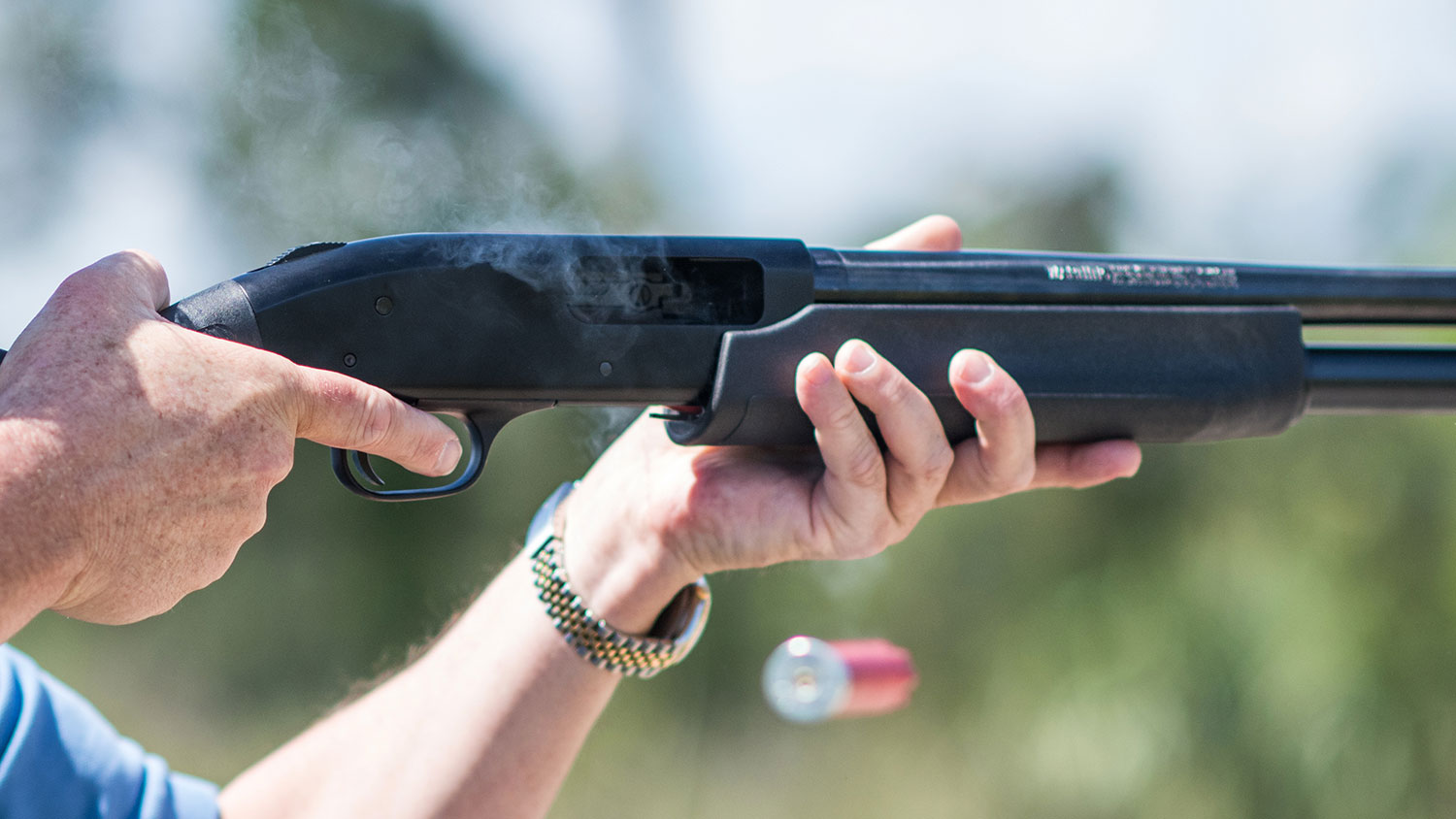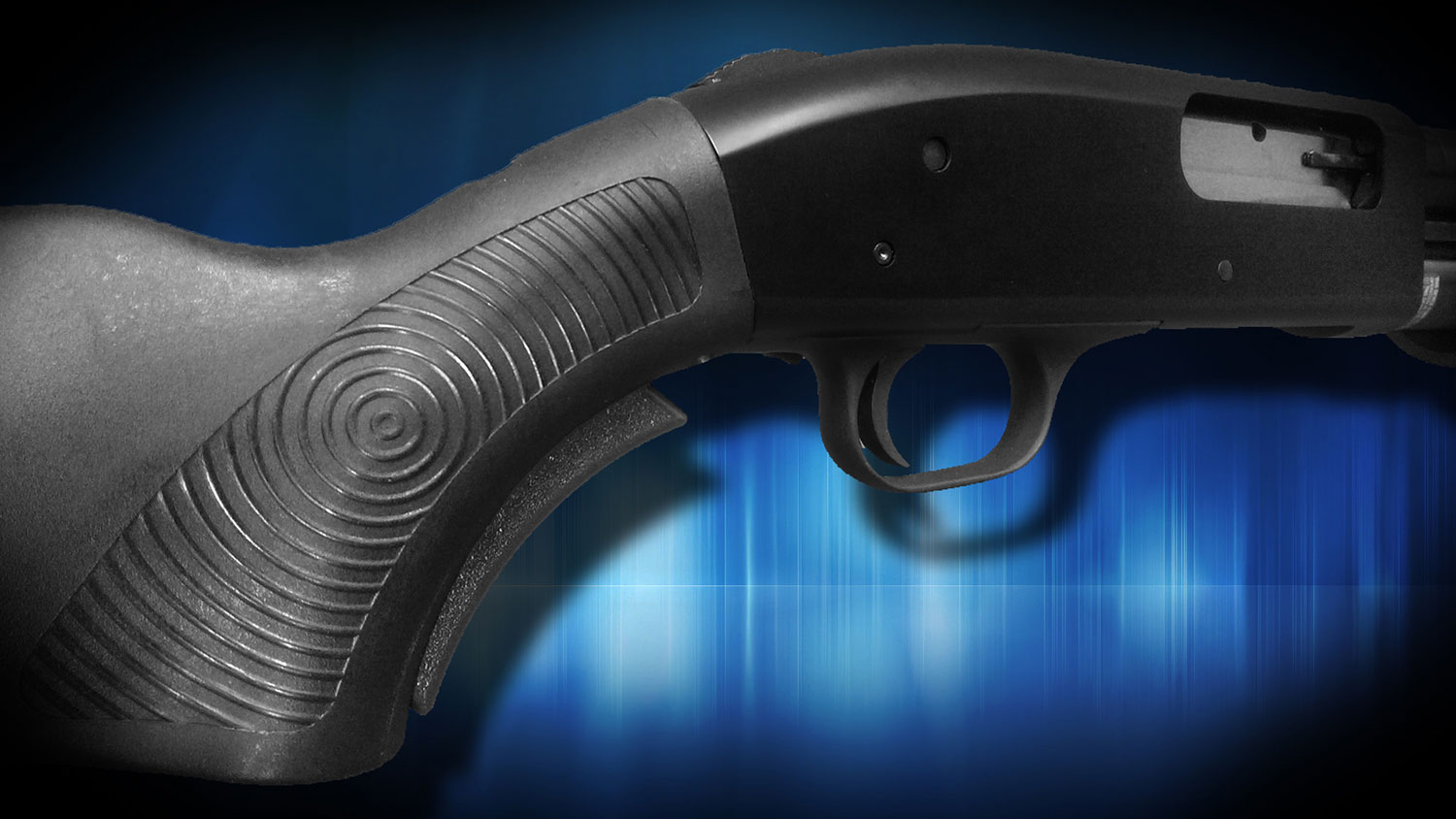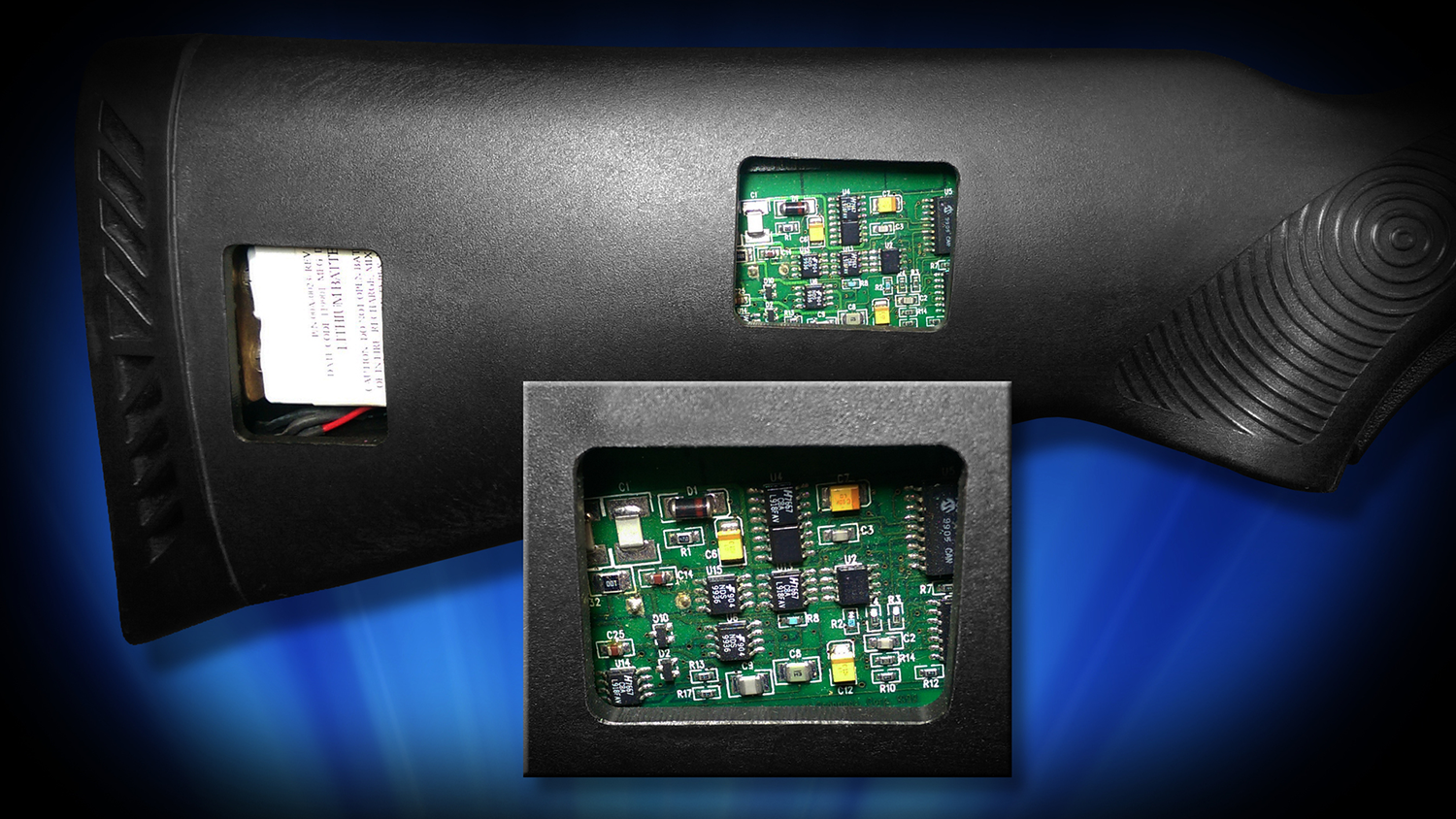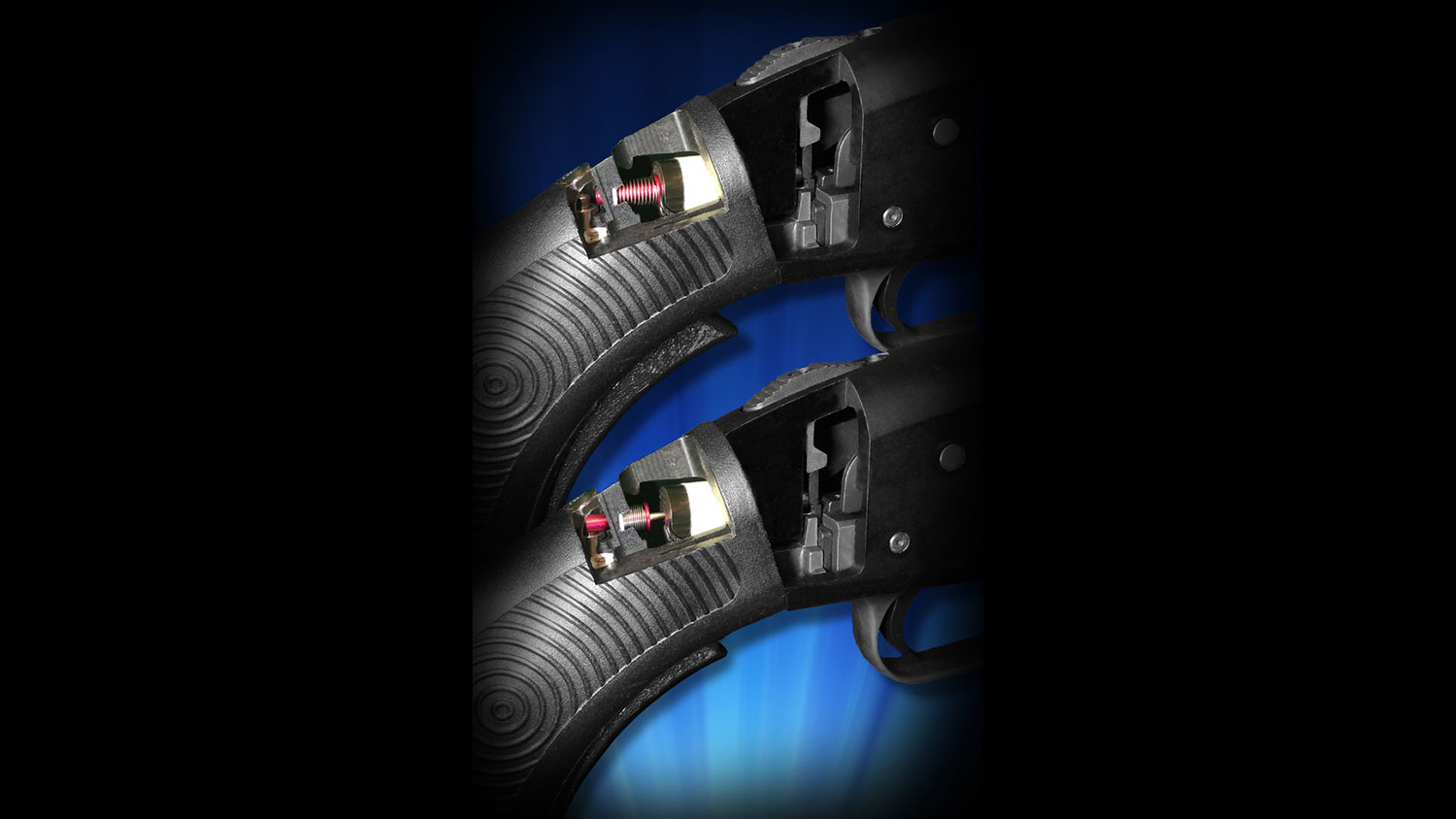Mossberg is among a group of pioneers who are embracing modern sensor technology and bringing it to the world of firearms safety. Unlike other technology companies that have entered this field, Mossberg comes from a firearms background, bringing the perspective of a gun owner (and gun manufacturer) to the equation. Mossberg understands that firearms safety methods have been eschewed by guns owners because existing systems make the gun difficult to use in emergency situations. Lock-based solutions for example, require a user to locate a key, unlock the lock, and then remove it from the trigger before the gun can be fired.
Related: See here for the best accessories for your firearm
Instead of whiz-bang solutions, Mossberg’s proposed smart gun technology, which is being developed by his iGun Technology Corp., ties a gun to a single user and makes it easy for that person to grab their gun and fire immediately in an emergency. “We’re gun people, so we know when you pick up a gun you want to shoot it,” Mossberg said. “You don’t want to swipe your finger. You don’t want to talk to it. In an emergency situation, you want to pick it up and use it.”
The main component of Mossberg’s system is a ring that will control the firing mechanism of a gun. The easy-to-wear piece of jewelry contains proprietary technology that will communicate with a circuit board installed on the firearm. When the ring is within centimeters of the gun, the embedded sensor system will recognize the ring and unlock the gun for immediate use. Mossberg says the technology has been tested more than 3,000 times without failure.
Mossberg knows he faces an uphill battle when it comes to changing the negative opinions of both law enforcement and consumers regarding gun lock solutions. That battle will be won or lost in the long term, but in the immediate future, Mossberg is working on improving the firearm circuitry with the goal of shrinking it to fit inside the handgun. An internal board will restore the seamless appearance of the gun and will hide the technology from potential thieves who will of course be surprised when their stolen gun fails to operate.
